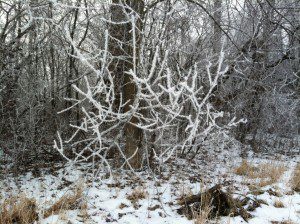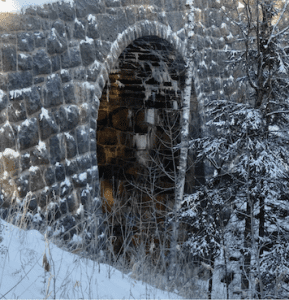 “When perceiving one side, the other side is concealed.”
“When perceiving one side, the other side is concealed.”
So says old Dogen in his Genjokoan (translated variously but by Heine’s work cited below as Spontaneous Realization of Zen Enlightenment).
This little gem is quite a fulcrum for understanding dharma practice and making it real or as Dogen puts it in “Bendowa,”
“The endeavor to negotiate the way as I teach now, consists in discerning all things in view of enlightenment, putting a unitive awareness into practice in the midst of the revaluated world.”
I regard Dogen’s work, and Genjokoan particularly, as a source text for Soto training, not as authoritative or something to submit too but as a barrier to be met or better, as a friend in conversation. Source texts as such are companions for us on this endless journey.
One recurrent theme on the practicing-enlightenment journey is about whether enlightenment is absolute and forever, “…all encompassing, seamless realization experienced without obstruction or partiality,” as Steven Heine puts it in “What Is on the Other Side? Delusioin and Realization in Dogen’s ‘Genjokoan'” that appears in his new book, Dogen: Textual and Historical Studies. Or whether “…even in the realm of enlightenment, opposites continue to intermingle.”
The first perspective is be characterized as absolutist and the second as relativistic or better, relational. From the absolutist view, the “one-side” passage is strained to mean that when one realizes one dharma, one realizes all dharmas. Cut one, cut all.
From the relational view, “When perceiving one side, the other side is concealed,” or “Illuminating one side obscures the other side,” indicates that the even in enlightenment, there is something hidden.
Heine does his usual high-quality, skillful job thinking through the meaning of the passage in context of Dogen’s oeuvre and the commentarial literature, ancient and modern, much of which is beyond the scope of this blog post. Let me just say that I’m into my third time through the piece and recommend it for careful study.
One striking comment that Heine makes is that contemporary commenters Yasutani in Flowers Fall and Okumura in Realizing Genjokoan both tend toward the absolutist views, as does the ancient Gosho commentary by Dogen’s disciple Senne. Now Yasutani was a strong advocate of kensho and koan study, while Okumura minimizes (or even dismisses) kensho and is a strong advocate for shikantaza only. That they both come to the absolutist view catches my attention.
The problem (and virtue) with the absolutist view is that it’s so darn idealistic, passionately singing the Great Vows, while not fully explaining the experience of enlightenment and the pickle of putting the unitive awareness into practice. Systems that foster this view in a one-sided way (emphasizing the vertical) tend to have a lot of heat in their practice and a propensity for arrogant teachers and dependent students. This leads to trouble.
The problem (and virtue) with the relativistic view is that it’s so darn lacking in idealism and so dang sober that it does little to inspire wholehearted practice or the discovery of the unitive view. Systems that foster this in a one-sided way (emphasizing the horizontal) tend to diminish kensho and wholeheartedness. Here a controlling metaphor is “…the community is the teacher,” or “Zen without Zen teachers.” The leadership vacuum in such systems is often filled with meetings and consensus-oriented processes. And pseudo-practice.
Both views are important and we need not resolve the matter. Let both voices sing and the short-comings of each might balance in harmonious concordance. This also seems to be the conclusion that Heine reaches,
“My approach seeks a constructive middle ground that finds some degree of truth in both absolutist and relativist standpoints by stressing that there is, in one sense, no possibility of complete understanding even after self-forgetfulness takes place, in that even a buddha ‘carries a board across the shoulder.'”
That view nicely puts the “koan” back in genjokoan. In this regard, Heine summarizes a leading Dogen-scholar, Kurebayshi, as “…stress[ing] that the contents of the fascicle, which are elusive and perplexing, function as a ‘manifesting koan’ or ‘koan which reveals itself,’ thereby suggesting that the text harbors unrevealed and mysterious elements of meaning like the puzzling, riddle-like paradigmatic cases found in the main Song dynasty koan collections.”
Your thoughts about this are welcome.












